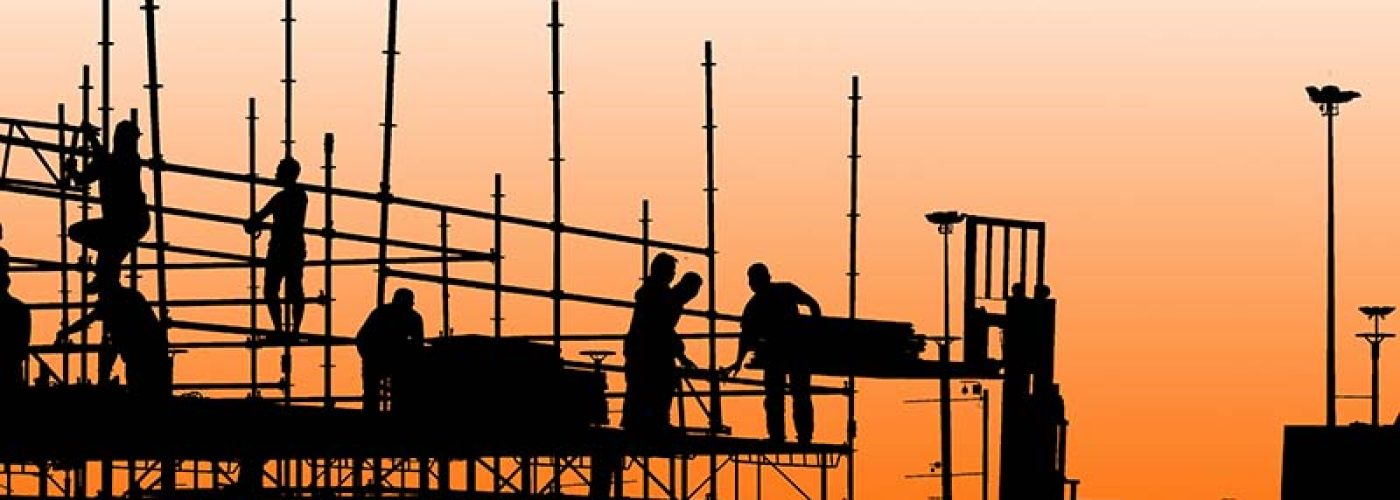
Actively managing sun exposure and providing nudging messages via text message are a few ways in which organisations can better protect outdoor workers from harmful UV radiation, a new study led by Heriot-Watt University has suggested.
In Britain each year there are almost 1,500 cases of non-melanoma skin cancer caused by exposure at work to UV radiation from the sun and around 250 cases of malignant melanoma. During winter, workers get insufficient sun exposure to make enough vitamin D to maintain good health.
A new paper, published in the Institution of Occupational Safety and Health’s (IOSH) journal, Policy and Practice in Health and Safety, has outlined some of the key recommendations for workplaces to consider in order to better protect outdoor workers, including:
– Workplace health promotion initiatives to ‘nudge’ workers towards healthier dietary choices, including dietary supplements over winter, to boost serum vitamin D levels in their workers.
– Sun-safety remains a low priority on construction sites and awareness of current sun-safe measures is low. Employers should adopt a risk-based approach to manage exposure to solar UV proactively, in which risk management measures should be prescribed and the use of these measures enforced.
– Provide health surveillance to detect skin cancers among outdoor workers because of the likely high UV exposure and the consequent increased risk of skin cancer. Nudging messages can be easily delivered via text messages or location-driven phone apps to help a workforce stay safe in the sun.
The recommendations follow on from an IOSH-funded study published last year led by Heriot-Watt University, which found almost half of outdoor workers on the construction sites they investigated had insufficient vitamin D during the winter.
However, the team found during the summer the desire to get a sun tan remained high among workers, with many being exposed to high UV radiation, increasing their risk of developing non-melanoma skin cancer.
Professor John Cherrie, Principal Investigator on the research from Heriot-Watt University and the Institute of Occupational Medicine, said: “In Britain we love the sun and having a sun tan, but unprotected exposure to the summer sun can cause irreversible damage to our skin and ultimately may lead to a diagnosis of skin cancer.
“Employers must take the lead in managing sun exposure for outdoor workers and make sure their employees have regular skin checks to look for the early signs of cancer.”
Mary Ogungbeje, Research Manager at IOSH, said: “The findings highlight that there’s still work to do in promoting good sun safety behaviour in the workplace. Both workers and employers have a part to play in reducing the risks of excessive UV exposure.
“We encourage workers and employers to be more aware of occupational cancer and take positive steps to reduce the risks.”
The Institution of Occupational Safety and Health (IOSH) has produced a range of resources and guidance on the risks of solar radiation and how to reduce exposure as part of its No Time to Lose campaign to tackle occupational cancer. More information is available here: https://www.notimetolose.org.uk/free-resources/solar-pack-taster/
The paper, ‘Nudging construction workers towards better sun-safety behaviour: summary of the evidence for practitioners’, published in the Institution of Occupational Safety and Health’s journal, Policy and Practice in Health and Safety, is available here: https://www.tandfonline.com/doi/full/10.1080/14773996.2019.1708614
The study team included researchers from Heriot-Watt University, the University of Edinburgh and the Institute of Occupational Medicine and was funded by IOSH.





